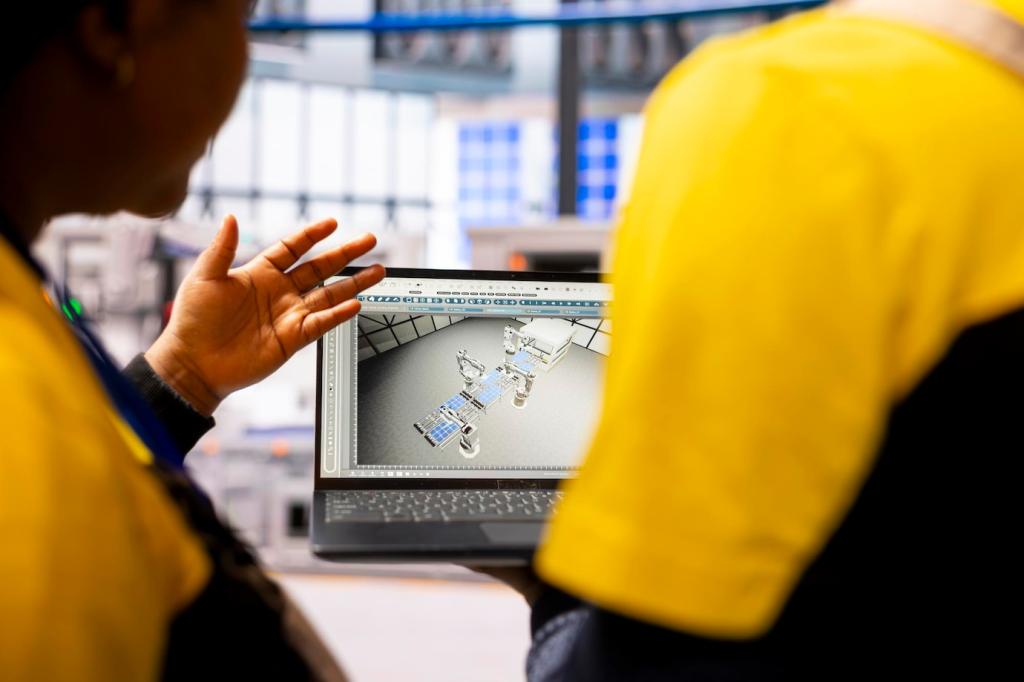Scaling Omnichannel Speed: AMRs in a Household Essentials DC
Demand shifted hourly between e-commerce and store orders, making fixed conveyor lanes underutilized at odd times. AMRs routed work dynamically to zones where associates were free, eliminating idle travel. Pilot tests demonstrated 27% faster picks in variable demand windows, with fewer traffic choke points during hot SKUs.
Scaling Omnichannel Speed: AMRs in a Household Essentials DC
A cloud scheduler balanced robot missions against aisle congestion and battery levels, while ISO 3691-4 compliant sensors handled person-detection and speed limits. Operators appreciated visual dashboards that showed mission queues and heat maps. Regular drills practiced manual overrides so confidence stayed high even during software updates.
Scaling Omnichannel Speed: AMRs in a Household Essentials DC
Dock-to-stock time dropped from 24 hours to 6 hours, enabling later same-day shipping cutoffs. Store trucks left fuller and on time, and e-commerce orders met a new promise window with fewer splits. Subscribe to learn how the team phased zones to avoid downtime during rollout.







